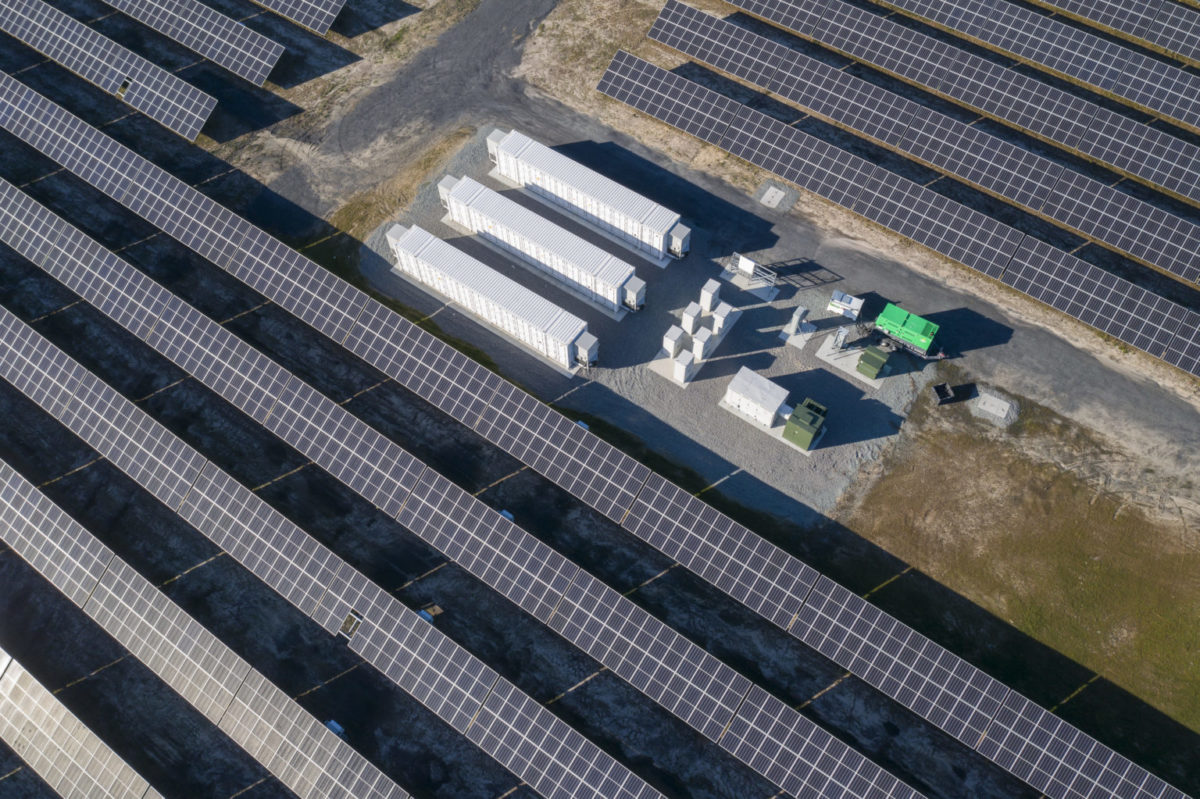From pv magazine USA
Solar and storage dominated IHS Markit's latest annual report on clean-tech trends for 2022. Distributed generation (DG), which the research firm defines as PV systems below 5 MW in size, grew by an estimated 20% in 2022.
The segment continues to demonstrate strong resilience in a challenging, high-cost environment, it said. While many projects at the utility scale have been delayed or canceled over the past two years, distributed generation did not lose traction.
“This difference reflects both the DG policy push of individual markets and many consumers’ concerns over high electricity prices and the climate footprint,” said IHS Markit.
About 60% of the DG growth occurred in China and Germany, which are pursuing policies to make DG a central part of their renewables targets. Brazil is another high-profile DG market, as net-metering systems installed through 2023 remain exempt from grid charges. Conversely, the segment may recede considerably this year in the United States, as net metering is stripped from many major state markets.
“Even at higher capex levels, DG systems generate electricity that remains competitive with retail electricity prices across many markets, meaning the DG segment is less price sensitive than utility-scale PV,” said IHS Markit.
Rising capex
Despite higher-than-expected capital expenditures in 2022, a new paradigm of renewables growth emerged. Renewables are already the cheapest source of new power generation globally, and cost declines due to technology evolutions and policy advancements have triggered further capacity additions and price declines.
Solar investors have come to expect continuously lower capital expenditures, but as the technology has matured, capex has declined at a slower rate. This, combined with supply chain hurdles and rising shipping and materials costs, has led to higher-than-expected capex for solar projects in 2022.
As the penetration of renewables increases, the focus is not so much on costs, but on the value provided to systems. “In a moment of high volatility, the predictability in operating renewables is valued,” said IHS Markit.
Investors also value investments in renewables as a way to meet climate commitments and de-risk portfolios. IHS Markit said consolidation in renewables banking and a strong push for green financing has brought down the cost of capital for renewable power projects. Recent volatility and spikes in electricity prices have improved the captured prices for renewables.
“These perceived values counterbalance the industry’s higher-than-expected capex and underpin the continued build-out of new renewables capacity,” said IHS Markit.
Supply chain woes, trade barriers, and geopolitics have been driving PV manufacturing capacity closer to the end user. IHS Markit said supply chain tightness could persist for some time, but there have been some positive developments:
- The ramp-up of new polysilicon capacity is happening more aggressively than expected.
- New entrants to the wafer segment will increase capacities and price competition.
- PV manufacturing in China will now be excluded from energy intensity and energy consumption power restrictions.
Announcements of new ingot, wafer, cell, and module capacity in India, the United States, Europe, and Southeast Asia will continue in 2023, as the supply chain grows and adapts to the new international trade environment.
To continue reading, please visit our pv magazine USA website.
This content is protected by copyright and may not be reused. If you want to cooperate with us and would like to reuse some of our content, please contact: editors@pv-magazine.com.




5 comments
By submitting this form you agree to pv magazine using your data for the purposes of publishing your comment.
Your personal data will only be disclosed or otherwise transmitted to third parties for the purposes of spam filtering or if this is necessary for technical maintenance of the website. Any other transfer to third parties will not take place unless this is justified on the basis of applicable data protection regulations or if pv magazine is legally obliged to do so.
You may revoke this consent at any time with effect for the future, in which case your personal data will be deleted immediately. Otherwise, your data will be deleted if pv magazine has processed your request or the purpose of data storage is fulfilled.
Further information on data privacy can be found in our Data Protection Policy.